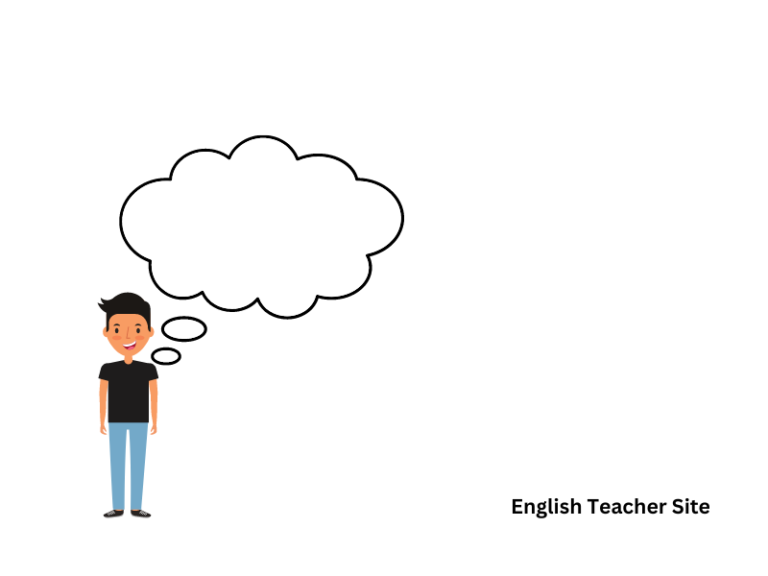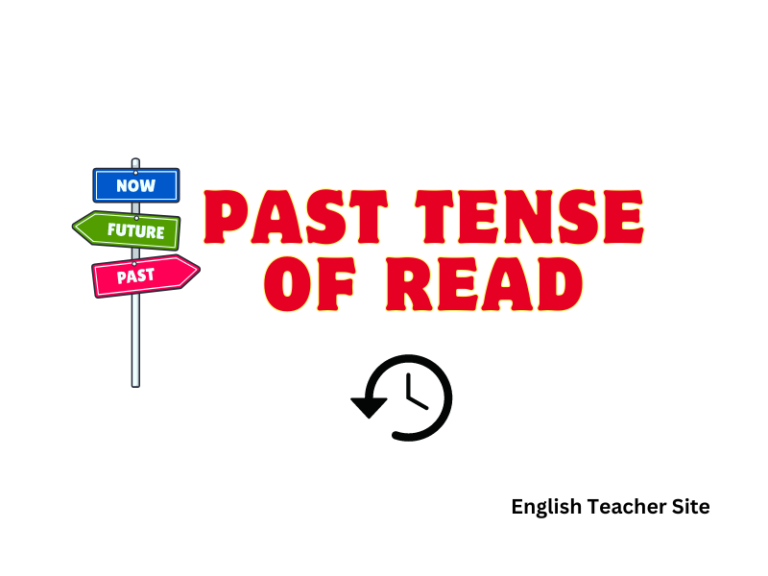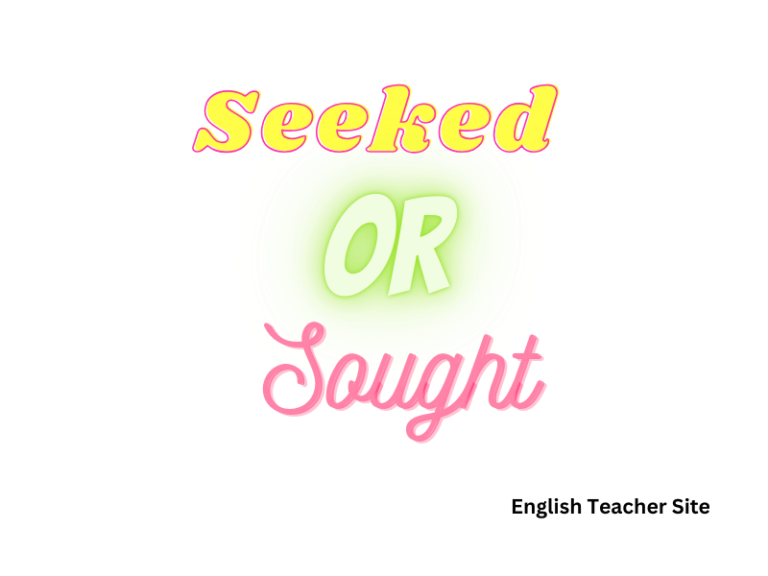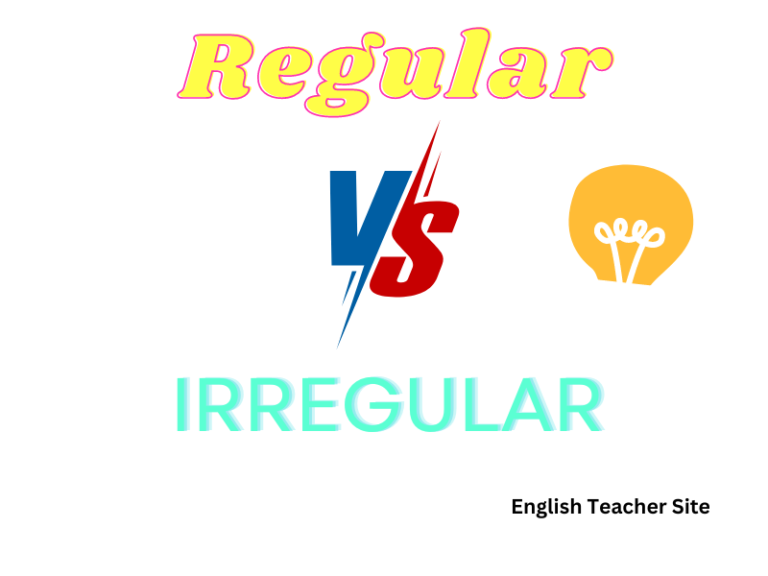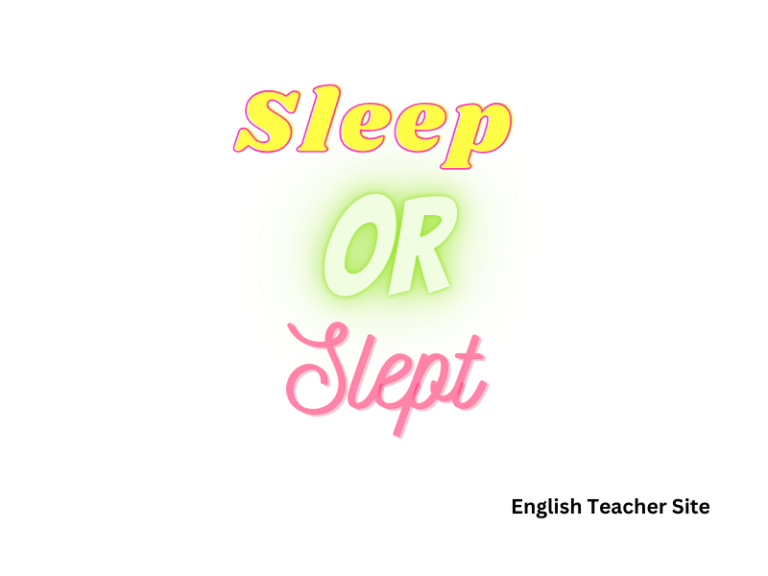Is It Burned or Burnt? Understanding the Past Tense of Burn
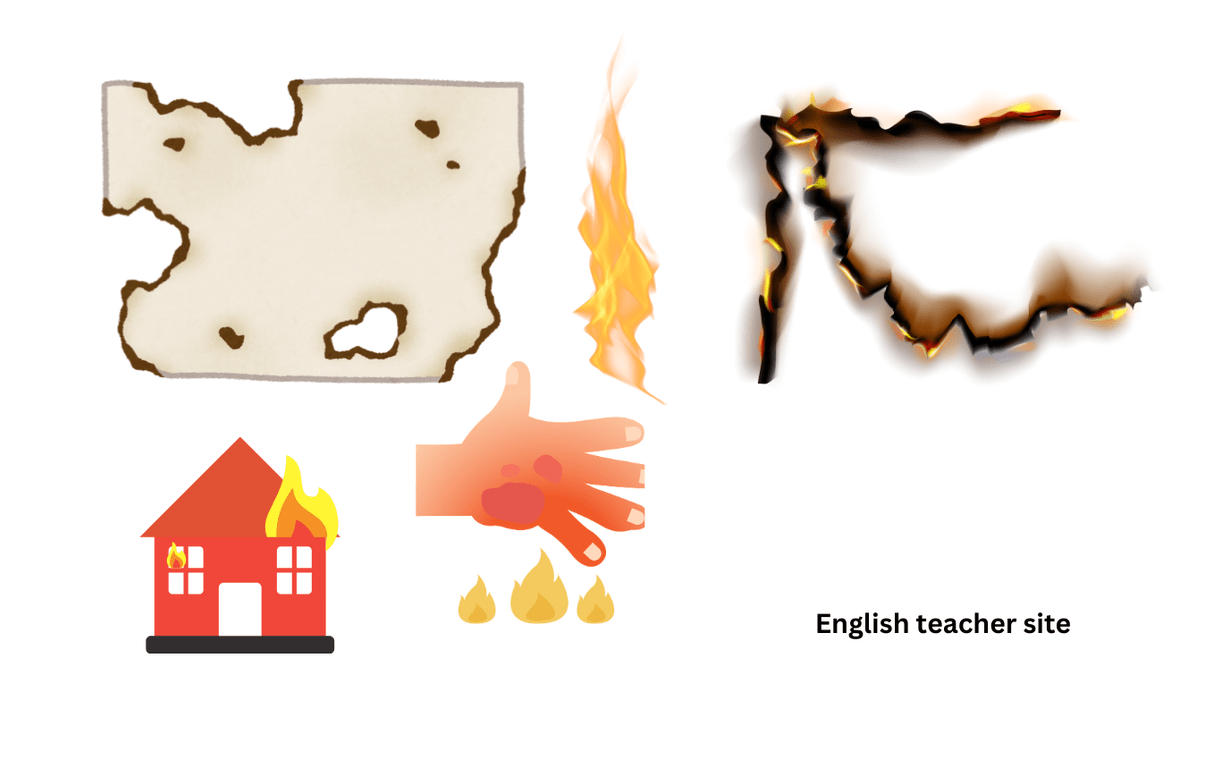
- Both “burned” and “burnt” can serve as the past tense and as an adjective form of the verb “burn.”
- “Burned” is more commonly used in American English, while “burnt” is more prevalent in British English.
- The choice between “burned” and “burnt” often depends on regional conventions or stylistic preferences.
However, in British English, “burnt” is often used as the adjective, and either “burned” or “burnt” can be the past tense form. It’s common to hear someone from the UK say “The toast is burnt,” using it as an adjective, or “He burnt the toast,” using it as the verb form. The choice between “burned” and “burnt” can also be a stylistic one, and both forms are understood by English speakers around the world.
Linguistic Overview of ‘Burn’
In the English language, the verb “burn” has distinct forms and uses that vary by context, including its past tense and past participle variations. Understanding these can help English speakers use the verb correctly in both written and spoken forms.
Verb Forms and Conjugation
“Burn” is primarily a regular verb, meaning its past forms are typically made by adding -ed to the base form. Hence, “burned” is the straightforward past tense and past participle form in American English. For example:
- Simple Past Tense: She burned the toast this morning.
- Past Participle: The wood has burned to ashes.
Past Tense Versus Past Participle
Confusion often arises between the past tense and past participle forms of verbs, particularly with regular and irregular verbs. While “burned” can act as both the simple past and the past participle, “burnt” is commonly used as a past participle, especially when used as an adjective or in perfect tenses in British English.
- I have burnt the candles too long.
- He felt burnt out after the long week.
Regular versus Irregular Verbs
In English, irregular verbs do not follow the standard patterns of conjugation. Examples include dreamt, learnt, kept, knelt, and smelt. These often have alternative regular forms ending in -ed, such as “dreamed” or “learned,” which are more common in American English, while the -t endings are generally preferred in British English.
Adjective Use of ‘Burned’ and ‘Burnt’
Both “burned” and “burnt” serve as adjectives to describe something that has been subjected to burning. However, “burnt” is more frequently used as an adjective in fixed expressions or color descriptions such as burnt sienna and burnt umber.
- The painter favored the rich hue of burnt umber in his landscape.
- The chef served a dish with a burnt cream topping.
Variants in English Dialects
The divergence in using “burned” and “burnt” as past forms reflects the influence of different English dialects. In American English, “burned” is the preferred standard. Contrastingly, both “burnt” and “burned” are acceptable in British English, with “burnt” appearing with slightly higher frequency.
- American English: She burned the cookies again.
- British English: He burnt the toast, but it was still edible.
Common Phrasal Verbs with ‘Burn’
Phrasal verbs are phrases that consist of a verb and an adverb or preposition, creating a meaning different from the original verb. With “burn,” the phrasal verb “burn out” signifies becoming exhausted or worn out due to overwork.
- Many employees burn out after years of high stress.
- The light bulb burnt out and needed replacing.
English Grammar Verb Forms
| Base Form | Simple Past | Past Participle | Adjective Form |
|---|---|---|---|
| burn | burned | burned | burned |
| burn | burnt | burnt | burnt |
Phrasal Verbs with ‘Burn’
- burn up: to be consumed by fire
- burn down: to destroy with fire, typically regarding buildings
- burn through: to use resources very quickly
- burn out: to become exhausted from overwork
In summary, the use of “burned” and “burnt” depends on the verb form needed—past simple or past participle—and the dialect of English. Both forms are correct, with “burned” being more prevalent in the US and “burnt” carrying a slight preference in the UK, especially when used as an adjective.
Common Usages and Expressions
In exploring the past tense of “burn,” it’s essential to distinguish between “burned” and “burnt” based on context. These forms are used in various phrases and contexts, each carrying a slightly different connotation or usage norm.
Culinary Contexts
Burnt in the culinary universe often describes the result of overcooking, where food takes on a charred or heavily caramelized appearance and taste:
- Burnt Toast: Commonly referred to as “burnt” rather than “burned,” conjuring the image of blackened bread beyond the preferred level of toasting.
- Burnt Cream: Also known as crème brûlée, where the top layer of sugar is intentionally caramelized to a crisp.
Table 1: Culinary Use of Burnt vs. Burned
| Term | Usage |
|---|---|
| Burnt Toast | Indicates overcooked toast and is typically preferred over “burned toast.” |
| Burnt Cream | Refers to a dessert with a caramelized sugar topping. |
Color Descriptions
The words “burnt” followed by a color name are often used to describe deep, warm shades often associated with earth tones:
- Burnt Sienna: A reddish-brown color, name after the pigment derived from a specific type of soil found in Siena, Italy.
- Burnt Umber: A dark brown color that gets its name from the natural pigment that contains iron oxide and manganese oxide.
Table 2: Descriptive Use of Burnt in Color Names
| Color Name | Description |
|---|---|
| Burnt Sienna | A reddish-brown earth tone. |
| Burnt Umber | A dark brown, nearly chocolate earth tone. |
Idiomatic Expressions and Their Meanings
The nuanced use of “burnt” or “burned” can be found in idiomatic expressions, where the choice of word can carry distinct meanings:
- Burnt Out/Burned Out: Typically describes a state of physical or emotional exhaustion, especially due to prolonged stress or overwork. The preference between “burnt out” or “burned out” can vary, but both convey a similar sense of depletion.
- Fire: When related to literal fire and its aftermath, both “burnt” and “burned” are applicable, although “burned” is often used when the focus is on the action that the fire has taken.
Idiomatic Expressions
- The phrase “feeling burnt out” usually refers to a sense of severe exhaustion and depletion.
- A person can be described as “burned out” when suffering from the consequences of extreme and sustained stress.
By understanding these common usages and expressions, one can navigate the subtle differences between “burnt” and “burned” and utilize them accurately in various contexts.
Distinguishing Between ‘Burned’ and ‘Burnt’
In examining the past tense of “burn,” two forms emerge: “burned” and “burnt.” Their use in written and spoken English often raises questions about appropriateness, leading to a need for clarification.
Function and Position in Sentences
| Term | Function | Position in Sentences |
|---|---|---|
| Burned | Past Tense Verb / Adjective | Used both as the simple past and as an adjective. |
| Burnt | Adjective / Alternative Past Tense | Primarily as an adjective but also an acceptable past tense form, often in attributive position. |
- “Burned” often functions as a verb to denote the completion of the burning process, as in “The paper burned quickly.” When serving as an adjective, it describes something that has been subject to burning: “They found burned debris after the fire.”
- “Burnt,” while also serving as the simple past tense, is frequently used in the attributive position, modifying nouns directly: “He smelled the burnt toast.”
Confusion with Other Similar Words
At times, “burnt” might be mistakenly used in contexts that are traditionally reserved for “burned.” Contrarily, “burned” is sometimes incorrectly swapped for “burnt,” particularly when used as an adjective. Here is a list of other words often confused with “burned” and “burnt”:
- Cheated (feeling deceived)
- Insulted (feeling disrespected)
- Content (the published material within an article)
It is crucial to ensure that words are used accurately to convey the intended meaning without creating unnecessary complexity.
Usage in Formal and Informal Contexts
In terms of formal and informal use, “burned” is more commonly utilized in American English, while “burnt” is more prevalent in British English. Their usage as adjectives or verbs depends somewhat on the dialectical preferences and the context, whether it be a formal piece of writing or casual conversation.
Formal Usage:
- “Burned” is often the preferred choice in formal writing, especially in American English.
- “Burnt” might appear in formal UK English, especially as an adjective preceding a noun.
Informal Usage:
- “Burnt” is commonly found in informal contexts and spoken English in the UK.
- “Burned” remains prevalent in US informal communication and is generally accepted in various English-speaking regions.
Both forms are acceptable, but writers should consider consistency and regional differences when deciding which to use.
Cultural and Artistic References
The past-tense forms of “burn” encapsulate more than grammatical standards; they permeate cultures and arts, echoing variations in dialogue and aesthetic expression. These linguistic nuances manifest in literature, media, and the unique lexicon of colors, distinguished between British and American English.
Literature and Media Depictions
In literary and media contexts, the terms “burned” and “burnt” offer descriptive variety and historical texture. British English frequently employs “burnt” as both the simple past and the past participle, a form renowned in classical literature and period dramas. Meanwhile, American English tends to reserve “burned” for the simple past tense, showcased in its modern novels and films.
- British literature: often features “burnt” in prose, evoking a certain timeless quality.
- American media: commonly uses “burned” when depicting past events in a more straightforward manner.
Visual Arts and Color Nomenclature
The influence of “burned” and “burnt” extends into visual arts, particularly within the realm of color. Burnt sienna and burnt umber are pigments that originated from a process of heating, where the word “burnt” indicates the effect of fire on color properties.
Table 1: Color Origins and Usage in Arts
| Color | Origin | Usage in Art |
|---|---|---|
| Burnt Sienna | Heated sienna earth pigment | Warm, earthy tone for painting and coloring |
| Burnt Umber | Heated raw umber earth | Darker, richer brown in visual arts |
- Burnt sienna: a staple in the palettes of both traditional and contemporary artists, providing warmth and depth.
- Burnt umber: lends a deep, shadowy quality favored in landscapes and figure paintings.
Table 2: Color Impact on Language
| Keyword | Influence in British English | Influence in American English |
|---|---|---|
| Light Bulb | “Burnt out” used colloquially | “Burned out” more commonly adopted |
| Language | Articles retain historical forms | Articles reflect modern preferences |
In conclusion, “burned” and “burnt” offer distinct connotations both grammatically and aesthetically, influencing the textures of English language and artistic expression. Whether it’s the rich hues named after the effects of heat or the variances in literary and film dialogue, these terms showcase the dynamism and cultural depth of language.
Source
My name is Khamis Maiouf. I am the creator of the English Teacher Site, dedicated to providing valuable resources and insights for students around the world. With a passion for education and a commitment to helping students enhance their skills, I aim to make English teaching more effective and enjoyable for both educators and students.

